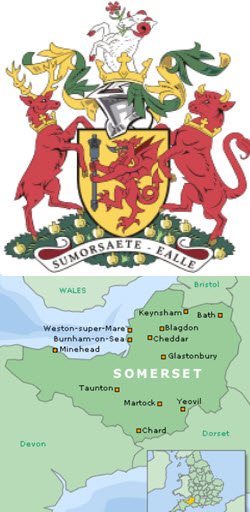The Churchill War Rooms: An Insight into History
The Churchill War Rooms, located in London, stand as a significant historical component of Britain’s wartime efforts during World War II. These underground bunkers served as the pivotal nerve center for Britain’s military strategy and decision-making from 1939 to 1945. The War Rooms are not only a testament to engineering ingenuity but also to the leadership and strategic foresight that characterized the United Kingdom’s response during a period of extreme adversity.
Historical Background
During the early stages of World War II, it became increasingly apparent that a secure underground facility was essential for the British government to orchestrate the war effort effectively. The devastating impact of aerial bombings during the First World War had highlighted the need for a protected space where government operations could continue without interruption. In response to this necessity, the Cabinet War Rooms were constructed in the basement of the Treasury building, offering both safety and secrecy. The location, chosen for its proximity to Westminster and strategic importance, enabled key government officials to coordinate their efforts swiftly and effectively.
This subterranean complex played a crucial role, hosting the War Cabinet and providing a workspace for Prime Minister Winston Churchill and his staff during the war’s most critical periods. It was here that Churchill, along with his military advisors, developed strategies that would help shape the outcomes of numerous battles and campaigns across Europe and beyond. By having this secure location, the British leadership could ensure that their communications and planning remained uninterrupted, even during the direst attacks on London.
Architectural Features
The construction of the Churchill War Rooms was an extraordinary feat of engineering, specifically designed to withstand the threat of aerial bombardment. The Treasury building’s basement was fortified with reinforced concrete walls and ceilings, making it resistant to the impacts of bombs. This aspect of its construction was crucial during the Blitz, when London came under intense bombing.
The complex itself includes various rooms, each serving a specific purpose vital to the war effort. Notable among these is the Cabinet Room, where high-level meetings and strategic discussions took place. The Map Room served as the operational hub, with walls adorned with maps detailing troop movements and battle plans. Personal quarters were also part of the facility, offering living and working space for Churchill and his key staff members.
Each of these spaces is a vivid snapshot of life during the war, meticulously preserved to reflect their original wartime conditions. Visitors can witness firsthand the environment where pivotal military strategies were formulated and understand the gravity of decisions made there. The ambiance is maintained to provide a genuine sense of the tension and urgency that defined the operations within the War Rooms.
The Role of the Cabinet War Rooms
The War Rooms were integral to Britain’s strategic operations. The Map Room, considered the hub of activity, was operational 24 hours a day. It was staffed by military personnel and typists who gathered and analyzed intelligence, updated maps, received dispatches, and sent reports to commanders on the battlefield. With communication being a critical aspect of successful military strategy, the Map Room played an essential role in ensuring constant contact between the government in London and British forces operating overseas.
This room remains virtually unchanged since 1945, offering an authentic glimpse into the day-to-day workings of the center. The preserved documents and artifacts, including original maps and telephones, allow one to understand the complexity and scope of operations managed from this pivotal location.
Churchill’s Influence
Winston Churchill’s leadership is synonymous with the War Rooms. His presence in these quarters was a testament to his hands-on approach and steadfast determination to achieve victory. As First Lord of the Admiralty and later Prime Minister, Churchill spent considerable time in the Cabinet Room, leading discussions and making critical decisions that would alter the course of history. His leadership style was characterized by direct involvement and a keen ability to inspire those around him.
Churchill’s dedication to the war effort is embodied in the passionate speeches and correspondence that now form part of the War Rooms’ exhibits. These documents reflect his resilience and determination, attributes that were crucial in maintaining the morale of both the military and civilian populations during challenging times. His orders and messages written under immense pressure still resonate, providing insight into the decision-making process during the war.
Visiting Today
Today, the Churchill War Rooms are part of the Imperial War Museums and are open to the public. They provide a comprehensive educational experience, allowing visitors to explore the extensive network of rooms and exhibitions that document the wartime period. The museum’s exhibits include a wide range of artifacts, from Churchill’s personal items and wartime relics to audio-visual displays that offer a multi-sensory understanding of the historical context.
For those interested in visiting, additional information can be found on the official website. The museum not only preserves the physical space but also contextualizes the events that took place within its walls, offering a deeper understanding of the strategic, political, and human stories that unfolded there.
By preserving this site, the Churchill War Rooms serve as a poignant reminder of Britain’s resilience and strategic prowess during World War II, offering future generations a unique opportunity to understand the human experience of this global conflict. The abiding legacy of the War Rooms lies not only in their historical significance but also in their role as an educational resource that continues to inform and inspire, providing valuable lessons in leadership, courage, and strategic thinking.



